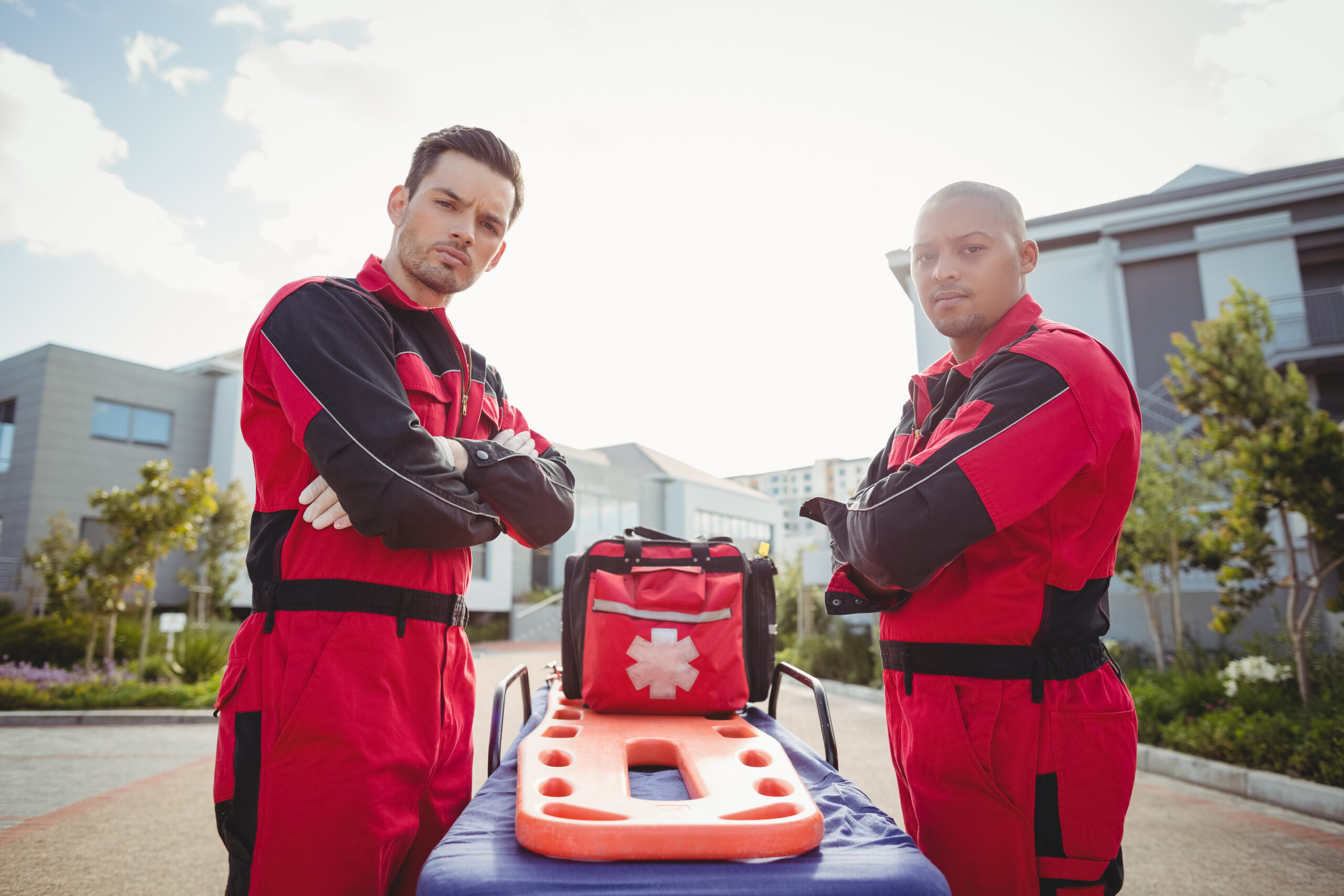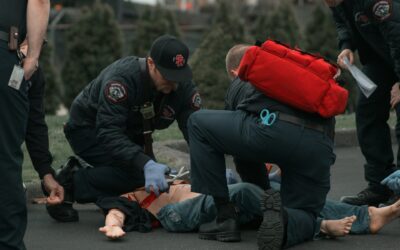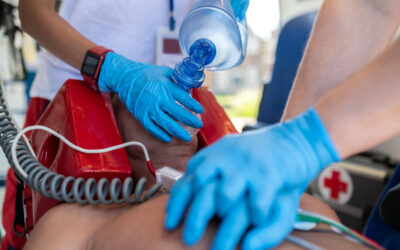The DEA requires secure storage for all controlled substances to protect against misuse and diversion. For most EMS providers, this means a narcotic lockbox on each rig and in the station.
Are you aware of everything that happens with the narcotic lockbox in each of your storage safes and units? Without the right narcotic tracking protocol in place, you could miss critical information both for monitoring inventory and preventing diversion. If you have multiple ambulance or fire engine narcotics safes, you need procedures to protect them. Here’s what you need to know.
Narcotic Lockbox Guidelines
Most people who handle controlled substances as part of their job know that the United States Drug Enforcement Agency oversees the guidelines surrounding drugs. Controlled Substances are subject to regulation and reporting.
The DEA categorizes or “schedules” controlled substances, which can impact the prescribing, reporting, and use requirements. Universally, though, agencies that handle controlled substances must store them under two keyed locks. Agencies must also regularly report on all the drugs in their narcotics lockboxes and within their organization.
Guidelines and requirements can vary by state and location, as well as the policies put forth by your particular organization or medical direction. One thing is for sure, though—if you issue controlled substances, you must protect yourself by having a tracking system.
Not only does a tracking system ensure that you know exactly what’s in your ambulance narcotic safes, but it keeps you and your team protected from temptation, hazards, and mistakes. A good drug tracking system will help you keep up with it all—inventory levels, expiration dates, and dispensing.
Narcotic Lockboxes and Diversion
Of course, having a lockbox—even one with two keyed locks—doesn’t guarantee that you won’t face diversion. It also doesn’t mean that controlled substances won’t expire or simply get misplaced over the course of a busy call. However, having a good, solid narcotics lockbox accompanied with an efficient tracking program is a step in the right direction.
Your narcotics lockbox should be securely mounted to the vehicle so that someone can’t remove the box itself. The boxes should also be substantial enough to protect the contents from damage in an accident. Even for ambulance narcotics safes, the boxes should be substantial with two locking mechanisms. This can be the safe itself in conjunction with the vehicle door that is lockable.
Some lockboxes feature combination locks, along with keyed locks. Consider who has the combinations and change them each time someone leaves your organization. Changing the combination protects you and your former employees. Then, should something go awry, you won’t need to run down the list of people who “may” still have access.
Diversion isn’t a pleasant topic to think about, but it’s something that all organizations should be aware of, especially if they carry controlled substances. Diversion means that narcotics have been taken, dispersed, or otherwise misused from their intended use.
In an industry where narcotics and controlled substances are accessible, it’s, unfortunately, a reality that we all must worry about. Failure to track and report controlled substances can lead to fines, legal consequences, and the loss of your license and practice. It can also mean you don’t have the medications you need for patients when they require them.
While the DEA requires logging and tracking for all controlled substances, it’s essential to realize that it’s not just about creating more paperwork for you and your office staff. It’s an important way to check your inventory, know when and where substances are being used, and check on what’s in the narcotics lockbox regularly.
As for other best practices surrounding your narcotics lockboxes, there are several steps you and your team should take to protect everyone:
- Store the keys somewhere away from the lockbox.
- Keep narcotics lockbox key locations and codes on a “need to know” basis.
- If using a safe with a keypad, utilize unique codes for each employee that can be tracked
- Mount or otherwise secure the lockbox to the floor or wall whenever possible.
- Lock the room or unit whenever leaving.
Choose a lockbox that is specially made for EMS and medical use. Because some drugs need to be stored with refrigeration, you may also need to look into lockboxes that support cold storage (and locking mechanisms for refrigerators and coolers).
Take the proper steps to ensure that you and your team are well-versed in the importance of lockbox maintenance and protocol. It’s a small step that can make a significant difference in your team’s long-term outcomes and safety.
How LogRx Helps You Keep Track of Your Narcotics Lockbox Contents
If you’re tracking controlled substances on paper, you are opening your practice up to mistakes and errors (and generally a headache). LogRx makes tracking controlled substances easy and hassle-free. Keep a close eye on your controlled substance inventory and easily track the location of every drug in your practice.
Our easy-to-use tracking program allows you to log controlled substances conveniently from your handheld devices. Whether your team uses a tablet or a phone when they’re on call, they can easily log dispensing records and keep track of quantities. They don’t need extra equipment on their already packed rigs. LogRx doesn’t require scanners or specialized hardware.
Instead, LogRx lets your team take a quick snap “scan” of tracking stickers on your bottles and medications so that they can record them in real time. On the road? No worries—LogRx works even when your team goes out-of-range. Simply track with the app and upload when the service returns. These features make LogRx ideal for fieldwork, search-and-rescue, air transport, wildlife professionals, and others.
Supervisors can run reports from the LogRx Admin Portal and track daily activities. With a click, you can view inventory, check medication expiration, and access many different reports to help you stay compliant with any and all controlled substance regulations. With LogRx support on your side, you’ll improve accuracy, cut back on administrative hassle, and support your team. It’s like having another staff member!
Best of all, LogRx is simple, user-friendly, and affordable. It was designed by EMS professionals who understand the unique needs of those who work in emergency response, wildlife/veterinary medicine, and other urgent-care situations. LogRx makes your job easier with less hassle and stress.
To learn more about LogRx, reach out today. LogRx is an ideal solution for first responders, air medical transport agencies, search-and-rescue, veterinarians, and wildlife professionals. When you need to keep track of what’s in your narcotics lockbox, LogRx gives you the oversight and efficiency you need.






